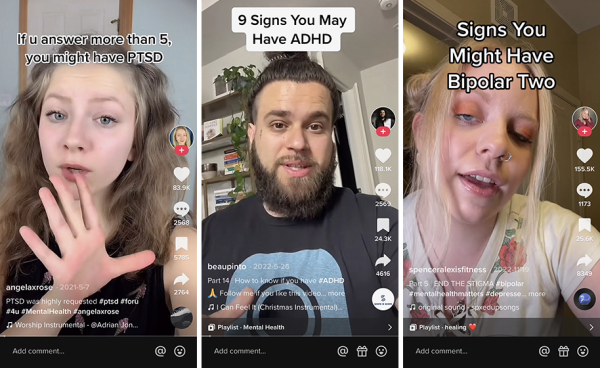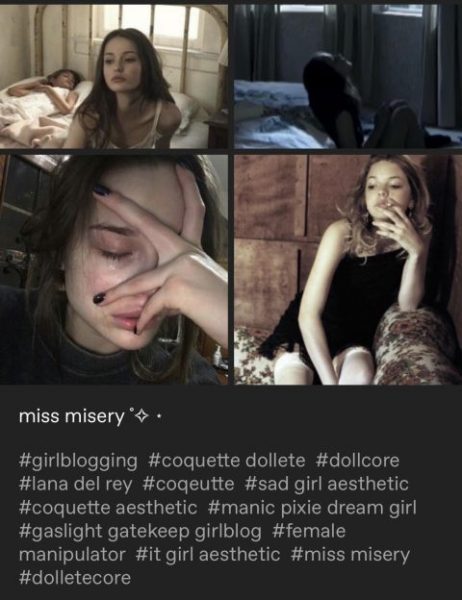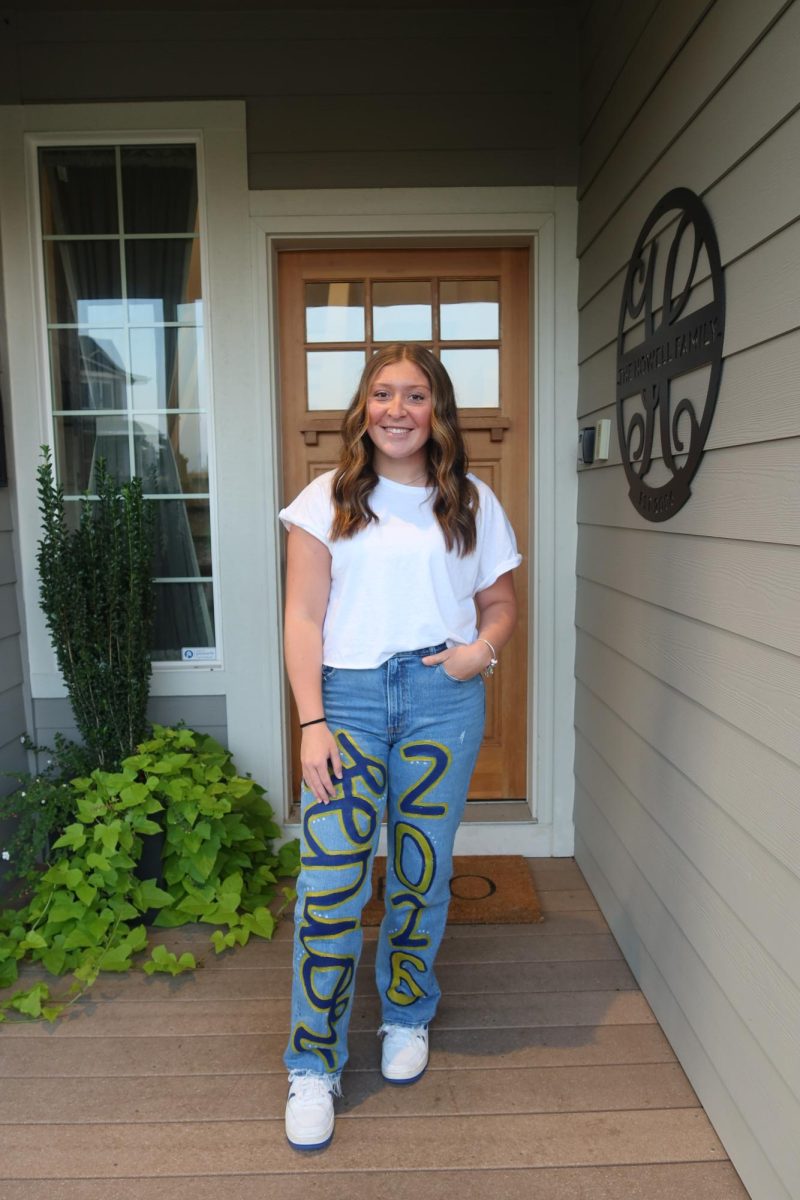The media has long perpetuated the romanticization of mental illness to make it seem cool, desirable, or trendy. The rise in online communication about mental illness started as an effort to create a safe space online to destigmatize mental illness and to make people realize that not being okay wasn’t as uncommon as people thought. It has led to people, especially teenagers, diagnosing themselves with a mental illness they may not have, enabling unhealthy behaviors, and not getting help.
We already know that social media negatively impacts teen mental health. There have been many studies that show there is no doubt that mental illness rates among teens have risen in recent years. According to data from The National Study on Drug Use and Health, “The rate of individuals reporting symptoms consistent with major depression in the last 12 months increased 52 percent in adolescents from 2005 to 2017 and 63 percent in young adults ages 18 to 25 from 2009 to 2017. There was also a 71 percent increase in young adults experiencing serious psychological distress in the previous 30 days from 2008 to 2017. The rate of young adults with suicidal thoughts or other suicide-related outcomes increased 47 percent from 2008 to 2017.” (“Mental Health Issues Increased Significantly in Young Adults Over Last Decade”, American Psychological Association, 2019.) This rise is partially due to increased research and improvements in diagnostic processes, but many experts suggest a correlation between the recent rise of social media and mental illness rates. Jean Twenge, PhD, author of the book “iGen” and professor of psychology at San Diego State University, states, “Cultural trends in the last 10 years may have had a larger effect on mood disorders and suicide-related outcomes among younger generations compared with older generations.” Twenge links this trend partially to the increased use of social media that may have changed modes of social interaction enough to affect mood disorders.
The idea of “making sad cool” and glamorizing mental illness has continuously been present in movies and other media. Still, it has risen dramatically within the past decade with the popularization of social media. One of the first notable mainstream trends of the romanticization of mental illness was the “Sad Girl” movement on Tumblr in the early 2010s. This trend was known for its somber and angsty strung-together captions and blurry, black and white photos of girls with mascara running down their faces. It showed the pretty, aesthetic side of sadness, with the original goal to make a statement against the patriarchy, where women have long been seen as weak for having emotions, and to enable more communication about negative feelings. However, according to the 2015 article, “How the Sad Girl movement on Tumblr might be making light of mental illness” by Hannah May, “[The Sad Girl trend has] blurred the lines between those who latch onto the dark aesthetic photos popping up, and those who are struggling with mental illness and a deeper, more pervasive kind of sadness.” This trend transitioned from talking about negative, relatable experiences to a trend of self diagnoses, and even “a wish for mental illness.” (“Sad Girl Aesthetic: How Does the Media We Consume Affect us?”, Thuptim Appleton, 2022.) Tumblr has lost popularity; however, there have been many variations and recurrences of this trend throughout the years through the evolution of social media platforms.
The romanticization of mental illness resurged with the pandemic. This is mostly attributed to the fact that, according to the World Health Organization, the COVID-19 pandemic triggered a worldwide 25% increase in the prevalence of anxiety and depression. This makes sense because everyone was isolated at home, and many were unable to hug or even see their loved ones. This left many to turn to social media, where they were able to vent their thoughts and feelings to people they didn’t know. Social media was used as a form of therapy. Many became way too comfortable and got less and less filtered online. People got likes and views from exposing their thought spirals and breakdowns. Essentially, it was a whole bunch of people online only focusing on their negative emotions or patterns, not getting help because they were popular for that. This cycle is still very much present today across social media platforms. A Barlow student who has social media puts it perfectly. “It’s becoming a trend. Everyone wants to be depressed or have a mental illness. And some force it on themselves.”
With this increase in open communication came misinformation. “One analysis of 500 TikTok videos with the hashtag #mentalhealth or #mentalhealthtips found that more than 80% were misleading.” (Addressing misinformation about mental health with patients, American Psychological Association, 2024.) In an effort to get more views or sell a product, many social media creators give misleading advice or symptoms of mental illness. This has caused a series of self-diagnoses, which have many harmful effects. Self-labeling or self-diagnosis can downplay the seriousness of mental illness and can be harmful to others when making steps toward a diagnosis. It can also delay treatment for yourself.
The display of unhealthy behaviors across social media has been shown to be very harmful and can be influential on others. It’s okay to show that you’ve healed from your habits, but if you’re displaying something harmful that is actively happening and you’re not trying to recover from it, it can be very damaging to others. It can also desensitize others and cause those behaviors to be more accepted and normal when they shouldn’t be.
Today, there is more awareness and correction of the portrayal of mental illness in social media, but there is so much misinformation and romanticization that is harmful to teenage development. It is so important to be aware of the impact that social media has on you and the impact that social media has on others. Mental illnesses are very real and very serious, and it’s important not to make light of them by advertising and glamourising them. You should always seek help if you or someone you know needs it.

Source: Roth, Madison. “Is There Too Much Self-Diagnosing of Mental Health Disorders on Social Media?” MinnPost, 1 May 2023.








